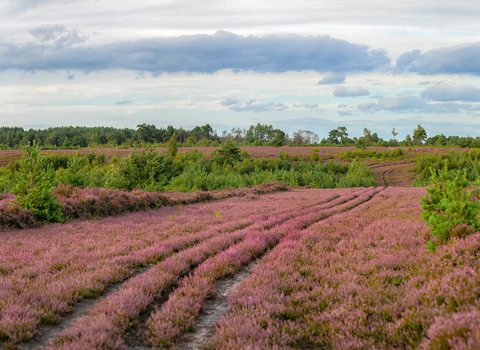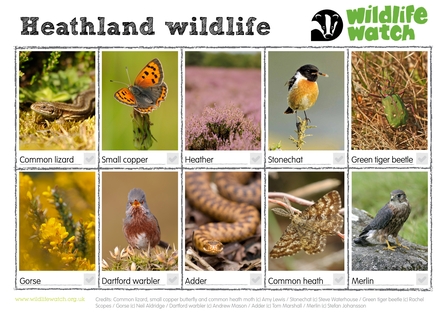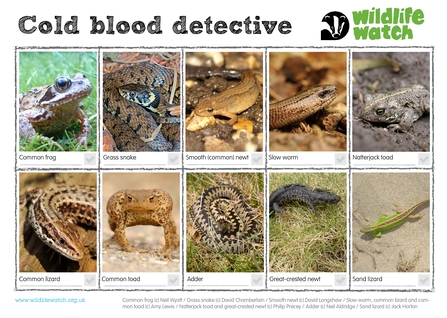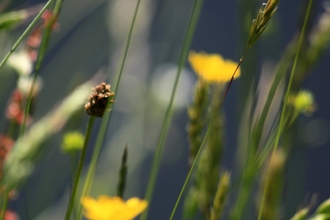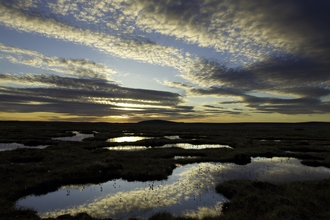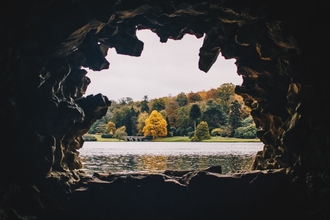What is heathland?
Heathland is one of our most threatened wildlife habitats, with lots of it having already been lost and turned into something else. They are often wide, open spaces, where gorse (with little yellow flowers that smell like coconut), bracken, heather and grasses grow. Sometimes, birch and pine trees are dotted around too!
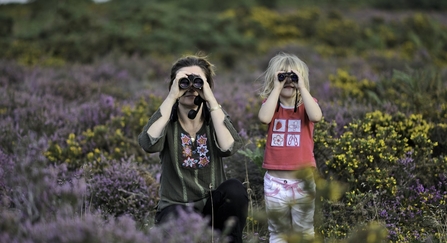
David Tipling/2020VISION
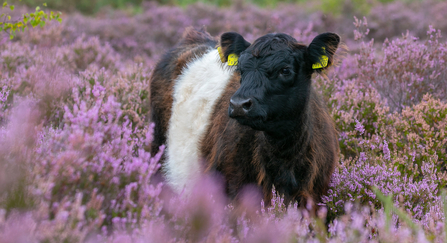
Jon Hawkins - Surrey Hills Photography
In the past, local people used to graze their sheep, goats, horses, donkeys and geese on heathland. They also used it for all sorts of useful products, from gorse for burning, bracken for animal bedding, and sand and gravel for building. Wild foods such as blackberries, edible fungi and elderberries used to be gathered from heathland to make diets more interesting too.
Today much of our heathland has been lost, either turned into farmland or built upon. The heathland that is left, is often overgrown with trees, which naturally spring up if it is not grazed. The Wildlife Trusts look after some heathlands, and some of it is used by the Ministry of Defence too for army training.
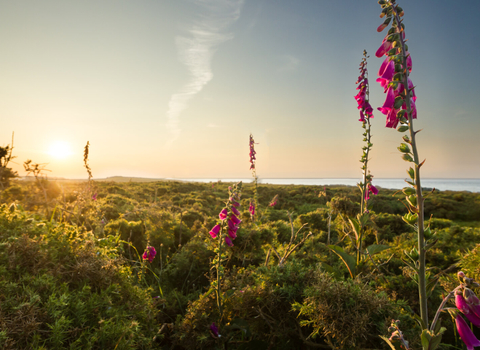
Common foxglove Digitalis purpurea, a composite image showing foxgloves growing on the heathland of Wingletang Down, St Agnes, Isles of Scilly, June - Ed Marshall
Did you know?
Even rarer than rainforests, heathland is one of our most threatened habitats. Today many heaths are protected as nature reserves and Wildlife Trusts are looking after them. This is important as without heaths a lot of rare and unique wildlife can't survive!
Wildlife to spot
Mammals and birds
Mammals such as rabbits, hares, weasels and stoats live on heathland. Rare birds such as nightjar and Dartford warblers can be found too.
Amphibians and reptiles
Reptiles love heathlands, making them the most important habitat for them in the UK! All six UK reptile species can be found in heathland as it provides the perfect habitat. There are open areas for reptiles to warm themselves in the sun and plenty of food due to all the insects!
Plants
Many beautiful plants can be found on our heathlands. They're important for pollinating insects, and bees can often be seen buzzing around bell heather and ling heather. Many birds like to breed here too, as there are little shrubs dotted about the place that they can use for shelter.
Look out for bright yellow but prickly gorse, bracken and delicate harebells.
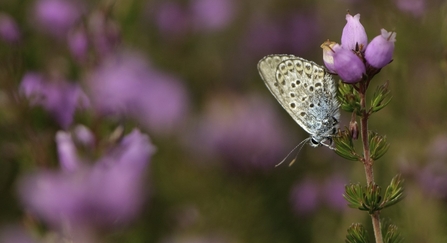
Chris Gomersall/2020VISION

